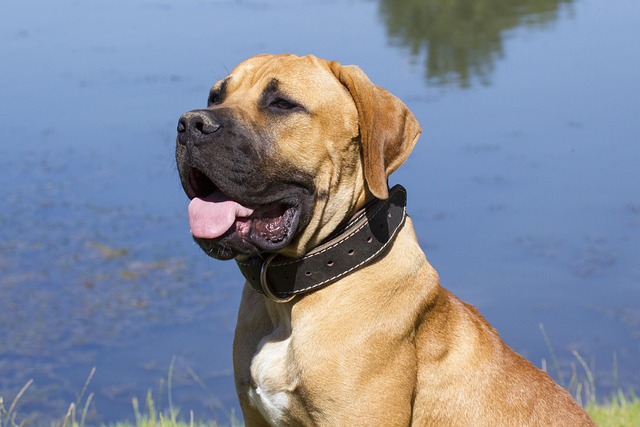
How do I start my dog on agility training?
The idea of watching your dog leap, weave, and race through an agility course is exhilarating. But before you dive in, it’s essential to understand the journey ahead,
Imagine you’re at Seattle’s Green Lake Park with Luna, your energetic Shepherd mix. She spots a duck and lunges, choking herself on the collar. Your instinct might be to yell or jerk the leash—but what if that creates more problems than it solves? When comparing positive reinforcement training to punishment, science and modern dog culture reveal a clear winner for building safe, happy companions in our neighborhoods.
Here’s why: Punishment (like shouting, alpha rolls, or shock collars) stops behavior momentarily through fear or pain. Luna learns "ducks = discomfort," but not what to do instead. This spikes stress hormones, potentially making her reactive or shut down—a disaster in crowded spaces like your apartment elevator or a farmers’ market. Positive reinforcement, though? It teaches what you want. When Luna glances at the duck but stays close, a click and a salmon treat flood her brain with dopamine. She learns "checking in with human = amazing things happen!" This isn’t just kinder; it’s neuroscience. Behaviors rewarded consistently stick, while punished ones often resurface explosively.
So how do you swap punishment for progress? Start with management: Use a front-clip harness on walks to reduce pulling before it starts. Keep "high-value rewards" (think real bacon bits, not kibble) in your pocket for instant reinforcement. Teaching "leave it"? Toss treats away from distractions first—like that pizza crust on your Brooklyn sidewalk—then reward when Luna ignores it. For apartment-specific issues like door-dashing, practice "wait" with leashed exits: reward calm pauses with chicken before stepping into the hallway. Struggling with barking when deliveries arrive? Reward quiet between barks instead of scolding. And always, always scoop poop immediately—forgetting in a Chicago park could cost you $500, plus neighborly side-eye.
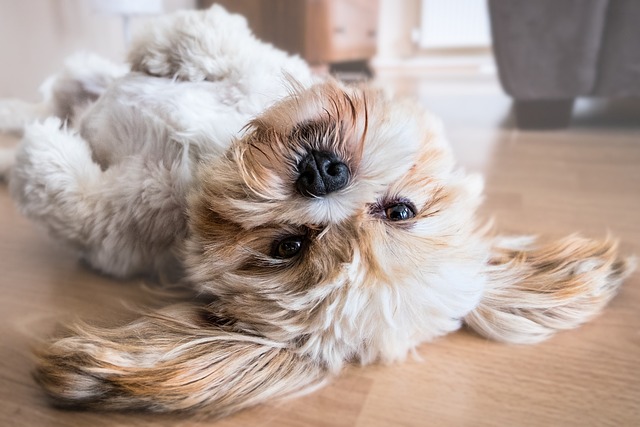
This approach aligns perfectly with evolving leash laws and community norms. Punishment risks noise complaints (anxiety barking in thin-walled condos) or fear-based aggression toward kids on scooters—violating apartment pet policies and triggering HOA headaches. Positive reinforcement? It’s the gold standard endorsed by vets and groups like the AVSAB. It teaches Luna to walk politely past playgrounds (leashes required in most urban parks!), settle quietly during your Zoom calls, and greet neighbors without jumping. Remember: rabies vaccines aren’t optional—that tag on her collar keeps her legal at dog-friendly patios from Portland to Miami.
The verdict? Punishment might offer quick drama, but positive reinforcement builds lasting trust and skills. In a world where leash laws California tighten yearly and high-rise living demands calm companions, rewards create joyful cooperation. Luna isn’t "getting away" with anything—she’s learning to thrive within boundaries. Ditch the old-school corrections; your treat pouch is the ultimate tool for modern dog parenting.

The idea of watching your dog leap, weave, and race through an agility course is exhilarating. But before you dive in, it’s essential to understand the journey ahead,

Deciding to bring a Yorkie into your home means embracing a tiny bundle of energy and charm, but it also raises an important question: how straightforward is potty training?
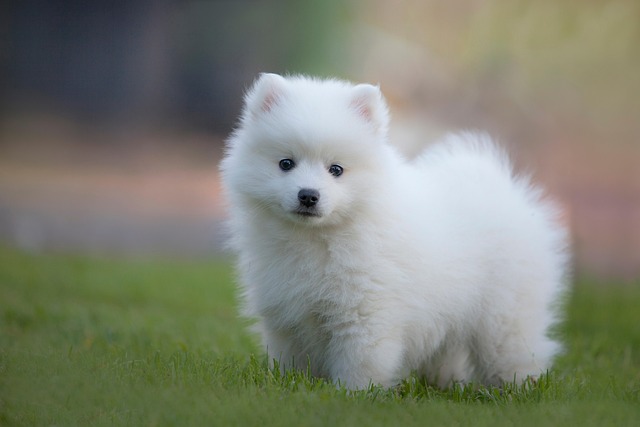
Bringing home a new puppy is an exciting adventure, but it also comes with the big question: What is the first thing you should train your puppy?

Imagine you’re at Seattle’s Green Lake Park with Luna, your energetic Shepherd mix. She spots a duck and lunges, choking herself on the collar.
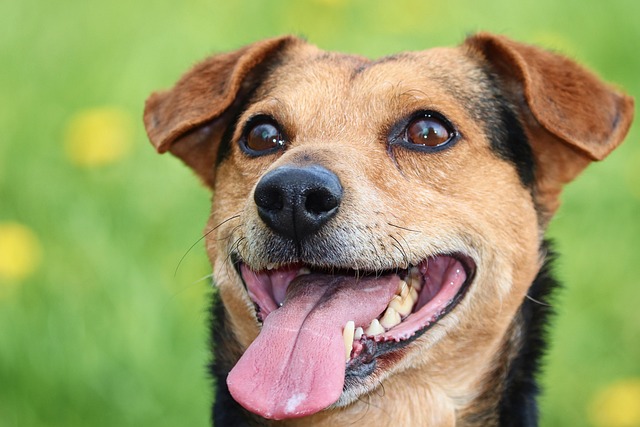
Teaching a 2-year-old dog to fetch might seem challenging, but it’s a rewarding way to bond and keep your furry friend active. Fetch isn’t just a fun game—it provides mental stimulation and physical exercise, essential for a healthy dog.
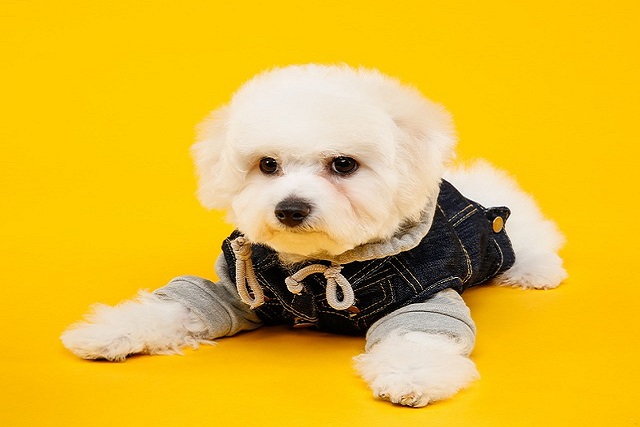
You’ve read all the articles, stocked up on premium treats, and patiently clicked and rewarded your new rescue pup, Charlie.